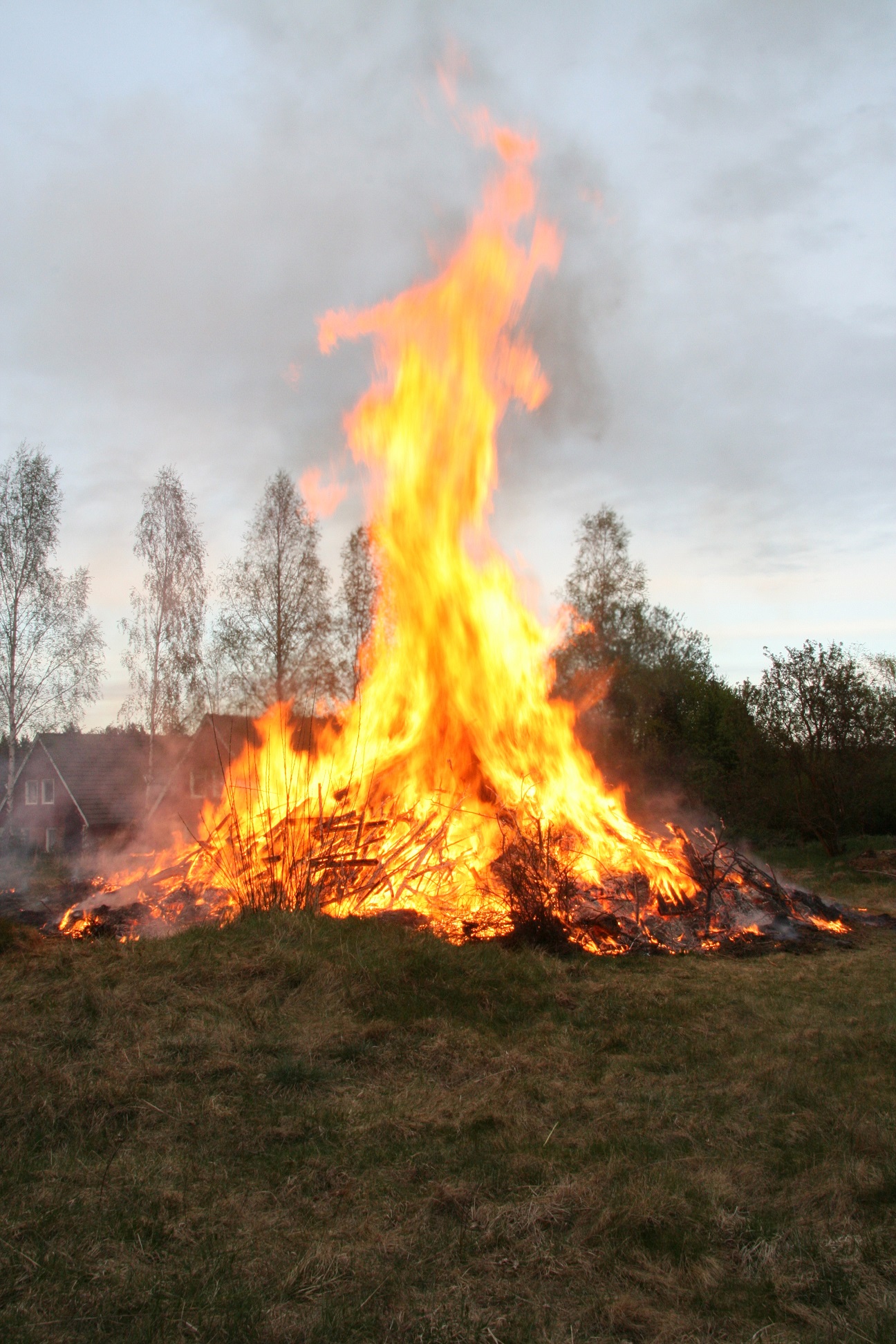Today – right now — imagine your association in a fight for survival. It’s not far-fetched. Many associations already are seeing “the end of times,” whether they acknowledge it or not. It’s time to consider what you need to do in order to survive. For many groups, cooking sacred cows for nourishment will be one option. Be ready to build a sizeable bonfire and build a plan to carry on.
1. Understand what nourishment looks like. You first must commit to keeping the enterprise fed, even if that means eating bugs and chewing up the sacred cow. Create an environment whose mission is to provide sustenance to the organization at any cost. This includes not only allowing but cultivating the “crazy ideas” – the 10% of ideas that may, at first glance, seem bizarre and unpalatable. All edibles are on.
2. Identify your sacred cow(s). Every client I have worked with has programs and processes that continue to move forward, unquestioned, “because that’s how we do it.” To find yours, ask three questions:
Where are the non-performing SKUs?: Borrowing a term from retailing, profitable retailers must ensure that their square footage is returning the best margin possible, regularly discontinuing the bottom 10% of products to create space for higher-producing inventory. In associations, your “shop floor” is your staff and budget. In these lean times, most are pushed beyond capacity fulfilling the programs (products) you’ve already got. Reconfigure now to create space for programs and services that will return a better margin, audience, or connection.
Whom do we need to alert? Before you discontinue any program, be candid with those customers who will be affected. Most are probably business people who have made difficult decisions of their own and they will understand.
Who’s got a cow to proffer? To create a culture of identifying the tastiest sacred cows, turn to staff and volunteers, conducting a monthly or quarterly “What should we stop doing?” inquiry. Incent them for their suggestions.
3. Know your enemy. In any post-apocalyptic environment, you’d be aware of the marauders around every corner. Have you considered enemies like these?
Competitors: Associations today have many competitors. In fact, besides the Internet, the growth of competition is the most significant challenge to association management I’ve seen in 20 years. Formerly supportive sponsor organizations launch their own programs and services to reach the membership base. Once collaborative trade magazines, in a scramble for revenue themselves, are launching online and print products that compete aggressively for a shrinking ad revenue stream. In a world with fewer geographic boundaries, other state/regional/national organizations are claiming new ground. Your members are already finding value elsewhere. Do you have a “Chief Competition Officer,” someone whose job it is to know what these others are doing?
Nelly & SALY: “Negative Nelly” shoots down any idea presented and creates an unpleasant work environment. Get rid of her, and watch the rest of the team’s productivity skyrocket. SALY, “Same As Last Year,” is not a person, it’s a philosophy. SALY breeds in places where too much workload & too few resources produces little incentive for the team to innovate. A “no-SALY” policy gives new products and services a fighting chance.
4. Stop biting the hand that feeds you. Sponsor neglect is rampant in associations, a recipe for disaster in a competitive environment. Senior executives should regularly sit down with the top 20% of sponsors. An open dialogue will disclose how – and whether – your association’s products and services are meeting sponsor needs. In many cases, sponsors are more attuned to member needs than staff and can bring compelling ideas (and funding) to your table.
Through honest & aggressive consideration of these four areas, associations can be well on their way to a sustainable future. It’s not too late to start: your survival, literally, depends on it.
Part I of the “Scorched Earth” series was published in the October issue of Marketing AdVents, the monthly newsletter of the Direct Marketing Association of Washington (DC). Part II – “How To Start A Bonfire and Grind Up the Sacred Cow” was part of the February 2013 issue in the association’s monthly column addressing trends in direct marketing within trade associations and nonprofits.

